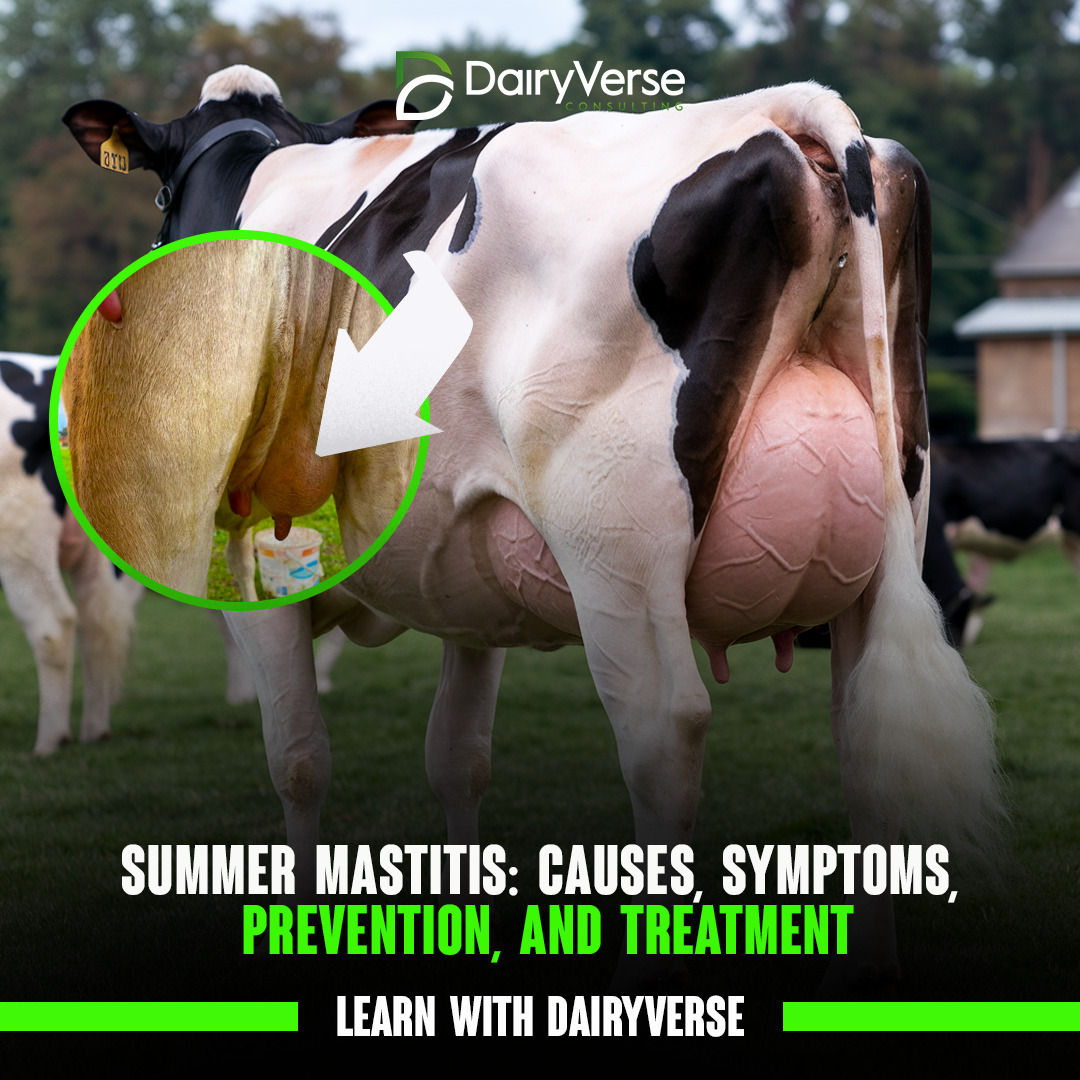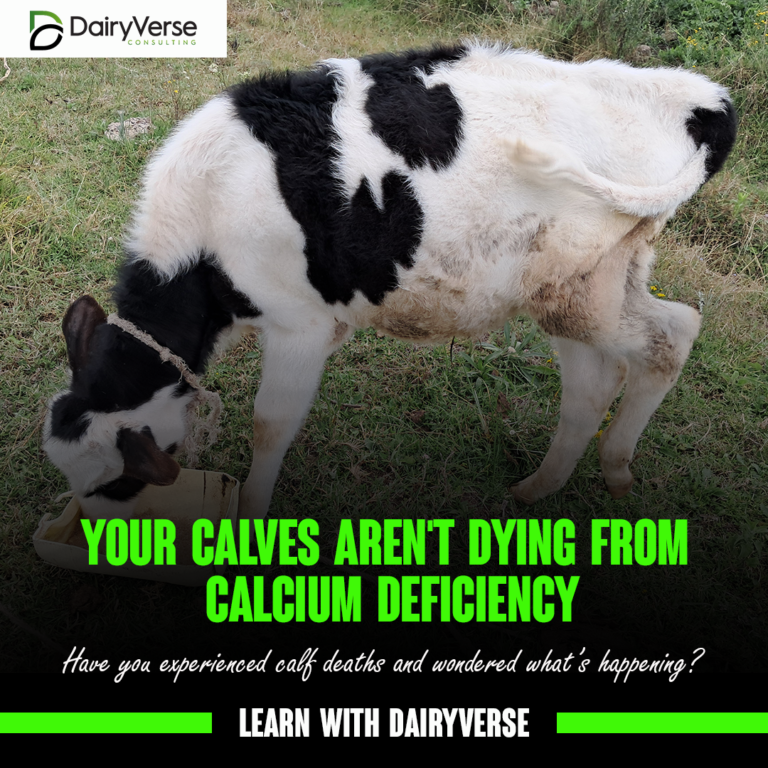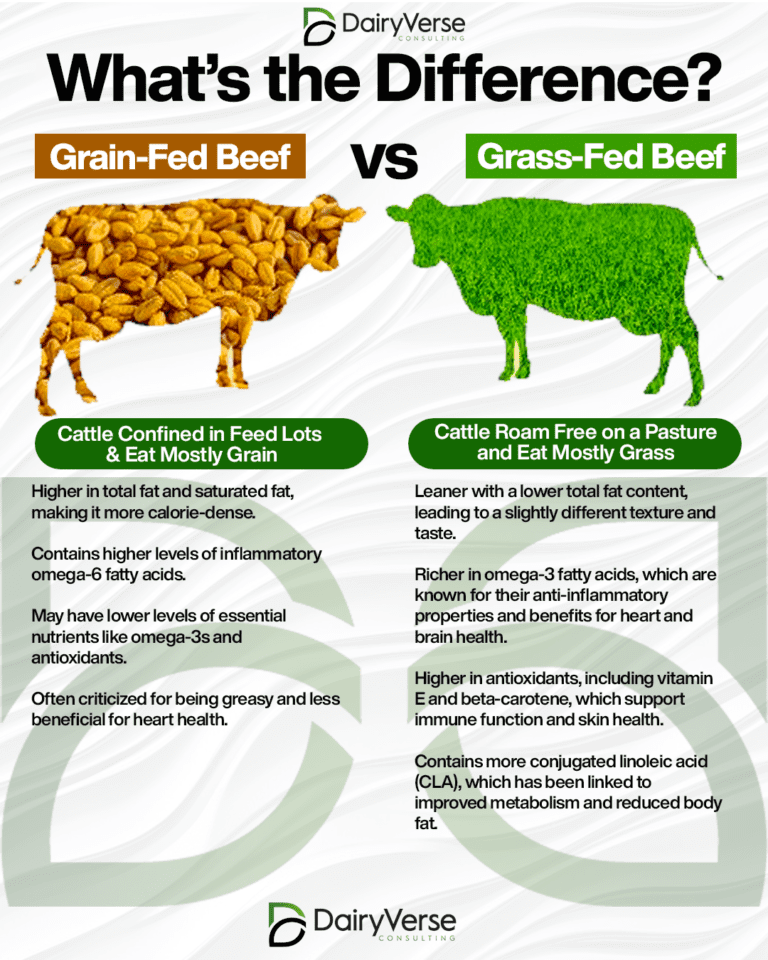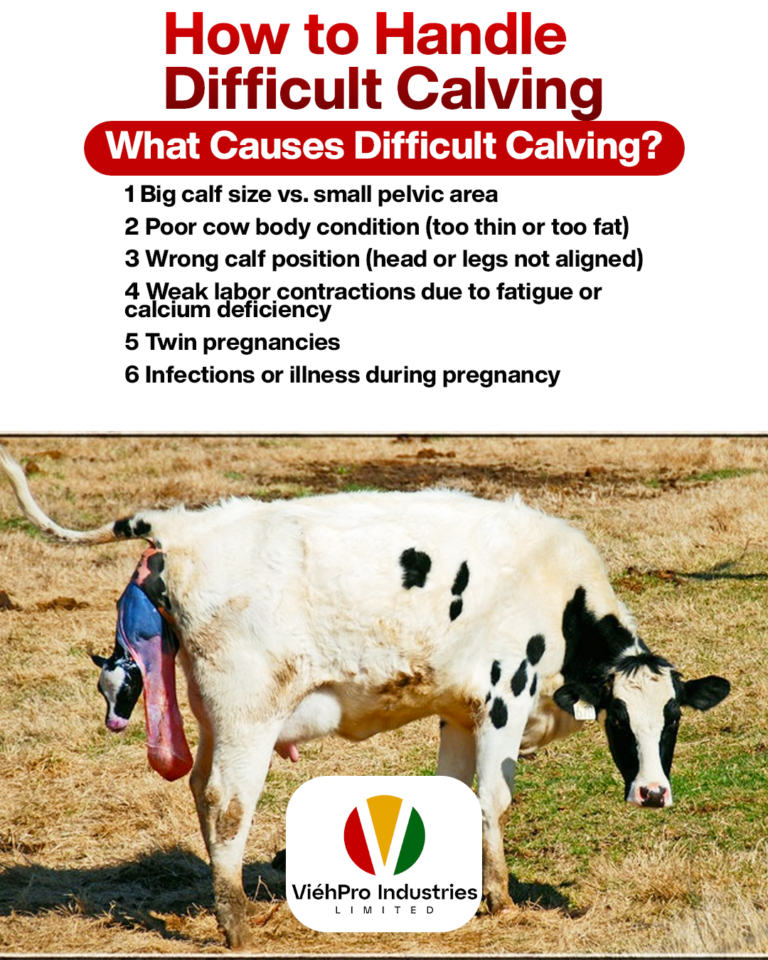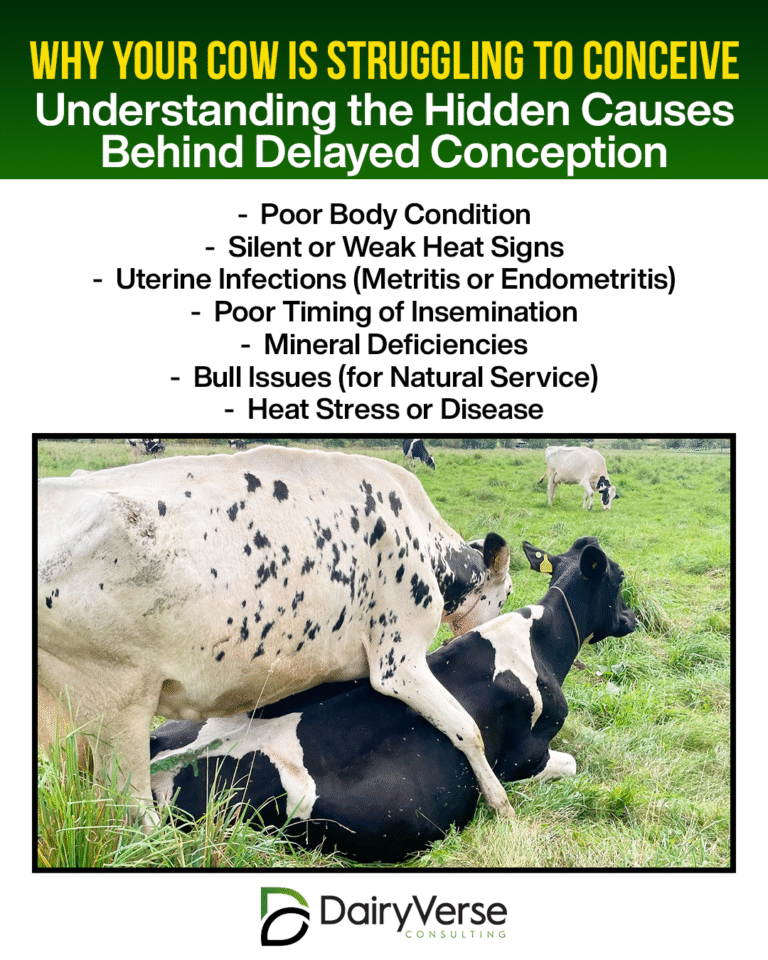Summer Mastitis: Causes, Symptoms, Prevention, and Treatment
Summer mastitis is a seasonal and costly condition affecting dairy and beef cows, particularly during the warm months. This disease primarily impacts dry cows, heifers, and occasionally calves and bulls, making awareness crucial for livestock management.
What is Summer Mastitis?
Summer mastitis is a bacterial infection of the udder caused by a combination of microorganisms, including Arcanobacterium pyogenes, Peptococcus indolicus, and Streptococcus dysgalactiae. Unlike traditional mastitis, this condition often arises in non-lactating cows during the summer months, making it a unique challenge for dairy farmers.
Causes and Risk Factors
The infection typically spreads through flies, which act as vectors for the bacteria. Factors that heighten the risk include:
- High Fly Activity: Warm weather attracts biting flies like the head fly (Hydrotaea irritans), which thrive in shady and damp areas.
- Physical Injury: Cuts or wounds on the teats provide entry points for bacteria.
- Poor Hygiene: Dirty environments increase exposure to pathogens.
- Prolonged Exposure to Wet Fields: Damp pastures can promote the growth of harmful microorganisms.
Symptoms of Summer Mastitis
Recognizing symptoms early is critical for effective management. Common signs include:
- Swollen and Hard Udder: One or more quarters become noticeably inflamed and hot to the touch.
- Thick, Discolored Secretion: The infected udder releases a foul-smelling, watery, or clotted discharge.
- Lethargy: Affected cows appear listless and lose appetite.
- High Body Temperature: Fever indicates a systemic response to infection.
- Pain and Discomfort: Behavioral changes like isolation or reluctance to move are common.
Prevention Strategies
Prevention is better than cure, especially for summer mastitis. Employ these strategies:
- Fly Control:
- Use insecticides or fly-repellent sprays on cattle.
- Place fly traps and maintain proper manure disposal to reduce fly populations.
- Udder Hygiene:
- Clean udders daily and apply a teat sealant as a barrier against infection.
- Shelter Management:
- Provide shade or fly-proof housing, especially during peak fly seasons.
- Pasture Care:
- Avoid pastures with tall, damp vegetation where flies thrive.
- Prophylactic Treatment:
- Administer antibiotics or antiseptic sprays under veterinary guidance for high-risk animals.
Treatment and Recovery
If summer mastitis occurs, prompt treatment is essential:
- Antibiotics: Your veterinarian may prescribe systemic antibiotics to combat bacterial infections.
- Anti-inflammatory Medication: Pain relief and inflammation reduction help improve recovery.
- Supportive Care: Ensuring adequate hydration, nutrition, and a comfortable environment helps the animal heal.
- Milk Stripping: Regularly stripping infected quarters can help remove bacteria and toxins.
Conclusion
Summer mastitis poses a significant threat to cattle welfare and farm productivity, but it is preventable through vigilant management. Controlling flies, maintaining hygiene, and early intervention can drastically reduce the prevalence and impact of this disease. By taking proactive steps, dairy and beef farmers can ensure their herds remain healthy during the summer months.

